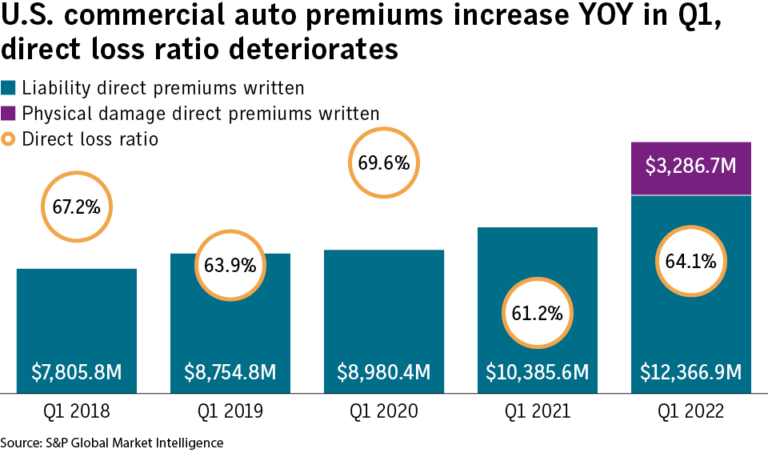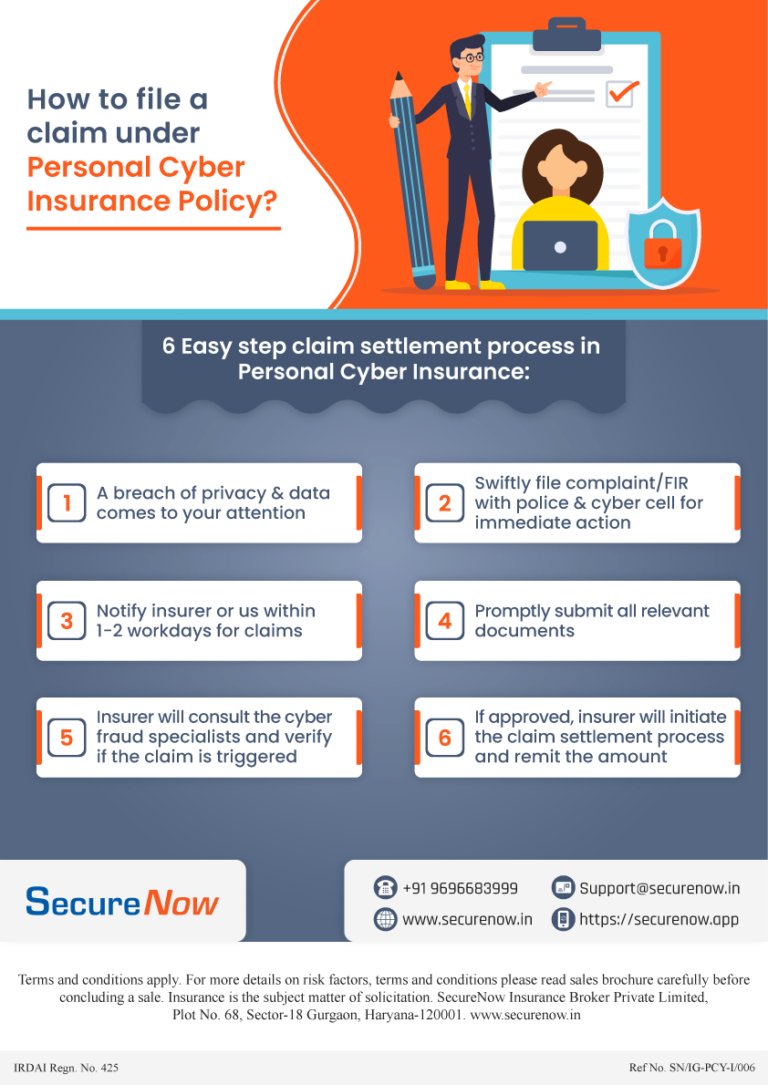E&O Claims: Effective Strategies to Mitigate Risks
E&O claims, short for errors and omissions claims, represent a significant threat to businesses, particularly in sectors that provide professional services such as consulting, legal, and insurance. These claims typically arise when clients assert that a service provider has failed to fulfill their professional obligations or has made critical mistakes that led to financial losses. To safeguard against such risks, obtaining errors and omissions insurance, also known as E&O insurance for businesses, is essential. This type of professional liability insurance can provide crucial financial protection and support in the event of a claim. By implementing strategies to minimize E&O claims, businesses can enhance client trust and improve overall service quality.
Errors and omissions claims are often referred to as professional liability claims, highlighting the accountability professionals hold towards their clients. Such claims can emerge from a variety of scenarios where clients believe that the services rendered did not meet expected standards, leading to potential financial repercussions. To mitigate these risks, firms can adopt comprehensive professional liability insurance policies tailored to their unique needs. Additionally, businesses should focus on strategies to avoid errors and omissions claims through effective employee training and robust communication practices. By understanding these alternative terms and concepts, organizations can better prepare themselves to address and prevent potential claims.
The Importance of Errors and Omissions Insurance for Businesses
Errors and omissions (E&O) insurance is a critical aspect of risk management for businesses, particularly those in professional services. This type of professional liability insurance protects companies from claims arising from errors or negligence in the services they provide. Without adequate E&O coverage, businesses expose themselves to significant financial risks that could jeopardize their stability and reputation. By investing in E&O insurance, companies can ensure they have a safety net to cover legal fees and settlements if a claim arises.
Moreover, having E&O insurance can enhance the credibility of a business. Clients often look for assurance that a service provider is protected against potential mistakes or oversights. By openly discussing E&O coverage, businesses can foster trust with their clients, demonstrating a commitment to accountability and professionalism. This proactive approach not only helps in minimizing E&O claims but also attracts more clients who value risk management.
Implementing Robust Training Programs to Mitigate E&O Claims
Comprehensive training programs are essential for minimizing errors and omissions claims within any organization. By equipping employees with the knowledge of industry standards, risk management practices, and effective communication skills, businesses can significantly reduce the likelihood of mistakes. Regular training sessions should be mandatory, ensuring all staff are up-to-date with the latest best practices and technologies.
Furthermore, fostering a culture of continuous learning encourages employees to take ownership of their roles. When team members understand the potential impact of their actions on clients and the business, they are more likely to adhere to best practices and protocols. As a result, the overall service quality improves, which in turn reduces the chances of E&O claims arising from misunderstandings or inadequate service delivery.
Establishing Clear Policies and Procedures to Avoid E&O Claims
Creating detailed policies and procedures is vital for ensuring consistency in service delivery and minimizing errors. By documenting all client interactions and maintaining thorough records, businesses can refer back to these documents in the event of a dispute. This not only helps in resolving claims efficiently but also serves as a deterrent against potential errors when employees know their actions are documented.
Additionally, developing Standard Operating Procedures (SOPs) for common tasks can streamline processes and reduce the chances of mistakes. Employees who have clear guidelines to follow are more likely to perform their duties correctly, thus minimizing the risk of errors and omissions claims. Regularly reviewing and updating these policies is equally important to adapt to any changes in industry standards or regulations.
Enhancing Client Communication to Reduce E&O Claims
Effective communication with clients is key in preventing errors and omissions claims. Setting clear expectations at the outset of any project ensures that clients understand the scope of services, timelines, and deliverables. By being transparent about what clients can expect, businesses can prevent misunderstandings that often lead to dissatisfaction and potential claims.
Moreover, maintaining regular updates throughout the project lifecycle helps keep clients informed about progress and any potential issues. Encouraging feedback from clients allows for the timely identification of concerns, which can be addressed before they escalate into claims. Open lines of communication foster trust and collaboration, significantly reducing the risk of disputes.
Utilizing Technology for Quality Control in Service Delivery
In today’s digital age, leveraging technology is crucial for enhancing quality control processes. Project management software can help businesses track milestones, deadlines, and responsibilities, ensuring that all team members are aligned and accountable. This level of organization minimizes the risk of errors that could result in E&O claims.
Additionally, investing in error detection tools can significantly reduce the likelihood of mistakes. For instance, proofreading software can help catch grammatical errors in written content, while compliance checkers can ensure that legal documents adhere to relevant regulations. By integrating technology into operations, businesses not only streamline processes but also add an extra layer of oversight to prevent errors and omissions.
Regularly Reviewing and Revising Contracts to Limit Liability
Contracts are a fundamental aspect of managing client relationships and play a vital role in minimizing E&O claims. Ensuring that contracts are written in clear, understandable language helps avoid ambiguity that could lead to disputes. Clients should fully comprehend the terms and conditions laid out in the agreement, which can prevent misunderstandings down the line.
Including clauses that limit liability while remaining fair to clients is also crucial. Regularly reviewing and updating contracts to reflect changes in laws or industry practices can protect your business from unexpected liabilities. A well-crafted contract clearly defines the scope of work and expectations, which can shield your business from potential claims.
The Role of Comprehensive Insurance Coverage in Risk Management
Obtaining comprehensive insurance coverage is vital for protecting your business against errors and omissions claims. E&O insurance not only covers legal fees and settlements but also provides peace of mind, allowing business owners to focus on delivering quality services without the constant worry of potential claims. At Abbate Insurance, we specialize in tailoring insurance solutions that cater to the unique needs of each business.
Our experienced team can help you navigate the complexities of E&O insurance, ensuring that you have adequate coverage in place. By understanding the specific risks associated with your industry, we can recommend policies that effectively shield your business from financial repercussions due to errors and omissions. Investing in the right insurance coverage is a proactive step in safeguarding your business.
Proactive Strategies for Minimizing Errors and Omissions Claims
To effectively eliminate errors and omissions claims, businesses must adopt a proactive approach that encompasses various strategies. This includes implementing robust training programs, establishing clear policies and procedures, enhancing client communication, utilizing technology for quality control, and regularly reviewing contracts. By addressing these areas, businesses can significantly reduce the likelihood of errors and omissions claims.
Furthermore, having comprehensive insurance coverage is a crucial component of a well-rounded risk management strategy. At Abbate Insurance, we are committed to helping businesses thrive while minimizing risks. Our tailored insurance solutions are designed to meet your specific needs, ensuring that you are fully protected against potential claims. Contact us today to learn more about how we can support your insurance needs effectively.
Building a Culture of Excellence to Avoid E&O Claims
Creating a culture of excellence within an organization is fundamental to minimizing errors and omissions claims. When businesses prioritize quality and accountability, employees feel empowered to perform at their best and take ownership of their work. This cultural shift can significantly reduce the likelihood of mistakes that lead to client dissatisfaction and claims.
Encouraging collaboration, open communication, and continuous improvement among team members fosters an environment where employees are motivated to uphold high standards. By recognizing and rewarding exemplary performance, businesses can instill a sense of pride and responsibility in their workforce, further decreasing the chances of errors and omissions claims.
Continuous Improvement: The Key to Reducing E&O Claims
Continuous improvement is essential for businesses aiming to minimize errors and omissions claims. Regularly assessing and refining processes, policies, and training programs ensures that organizations stay ahead of potential risks. By actively seeking feedback from employees and clients, businesses can identify areas for improvement and make necessary adjustments.
Implementing a structured approach to continuous improvement not only reduces the risk of E&O claims but also enhances overall service quality. This commitment to excellence demonstrates to clients that the business takes their needs seriously, fostering trust and long-term relationships. At Abbate Insurance, we believe that a proactive mindset is key to navigating the challenges of today’s business environment.
Frequently Asked Questions
What are E&O claims and how can they affect my business?
Errors and Omissions (E&O) claims occur when a client alleges that a service provider failed to meet their professional duties, leading to financial loss. These claims can significantly impact businesses, especially in sectors like consulting, legal services, and insurance, potentially resulting in costly legal battles and damage to reputation.
How can I minimize E&O claims in my business?
To minimize E&O claims, implement comprehensive training programs for employees, establish clear policies and procedures, enhance communication with clients, utilize technology for quality control, regularly review contracts, and obtain comprehensive E&O insurance. These strategies foster a culture of excellence and reduce the risk of errors.
What is the difference between E&O insurance and professional liability insurance?
Errors and Omissions insurance is a type of professional liability insurance specifically designed to cover claims arising from inadequate work or mistakes in professional services. While both provide protection against claims, E&O insurance focuses on errors and omissions in service delivery.
Why is it important to have E&O insurance for businesses?
Having E&O insurance is crucial for businesses as it protects against financial losses due to claims of negligence, errors, or omissions in professional services. This coverage can help mitigate legal fees, settlement costs, and potential damage to your business’s reputation.
How can clear communication help avoid errors and omissions claims?
Clear communication helps set client expectations, ensures everyone is on the same page, and fosters trust. By regularly updating clients and encouraging feedback, misunderstandings can be addressed promptly, significantly reducing the risk of disputes that may lead to E&O claims.
What role does technology play in preventing E&O claims?
Technology enhances quality control by enabling project management, tracking milestones, and using error detection tools. These resources help identify potential mistakes before they escalate into significant issues, thus reducing the likelihood of E&O claims.
How often should I review my contracts to minimize E&O claims?
It is advisable to review contracts regularly, ideally at least once a year or whenever there are changes in laws or industry standards. Regular updates ensure that contracts remain clear, fair, and protective against potential E&O claims.
What strategies can I implement to enhance my employees’ skills and minimize E&O claims?
Implement robust training programs focusing on industry standards, risk management, and communication skills. This investment in employee development not only reduces the likelihood of errors but also promotes a culture of excellence within your organization.
What should I include in my E&O insurance policy?
Your E&O insurance policy should include comprehensive coverage tailored to your business needs, clear terms regarding the scope of services, and clauses that limit liability while remaining fair to clients. Working with an experienced insurance provider can help ensure adequate protection.
How can I contact Abbate Insurance for E&O insurance solutions?
You can contact Abbate Insurance directly by visiting our website or calling us at (203) 777-7229. Our experienced team is ready to help you navigate E&O insurance options tailored to your business needs.
| Key Strategy | Description |
|---|---|
| Implement Robust Training Programs | Comprehensive training covering industry standards, risk management, and communication skills. |
| Establish Clear Policies and Procedures | Detailed policies, documentation, and SOPs to ensure consistency and reduce errors. |
| Enhance Communication with Clients | Setting clear expectations, providing regular updates, and establishing a feedback mechanism. |
| Utilize Technology for Quality Control | Implement project management software and error detection tools to streamline operations. |
| Review and Revise Contracts Regularly | Ensure contracts use clear language, limit liability, and are regularly updated. |
| Obtain Comprehensive Insurance Coverage | Tailored insurance solutions to protect against E&O claims. |
Summary
E&O claims can pose significant risks for businesses, making it essential to adopt proactive strategies to minimize their occurrence. By focusing on employee training, establishing clear policies, enhancing client communication, utilizing technology, reviewing contracts, and obtaining comprehensive insurance, businesses can significantly reduce the risk of facing errors and omissions claims. At Abbate Insurance, we are dedicated to helping you implement these strategies effectively, ensuring your business remains protected while delivering exceptional service.







